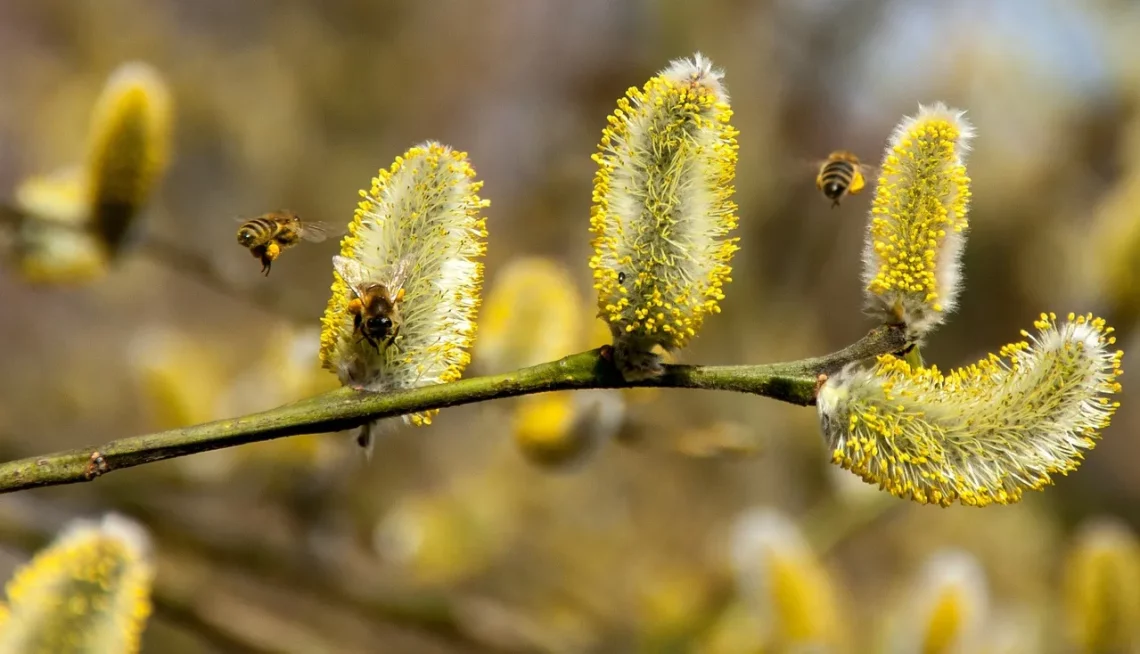
Understanding Dog Allergic Reactions to Grass and How to Help
Understanding the intricate relationship between dogs and their environment can uncover a number of challenges pet owners might face. One such issue is the allergic reaction that some dogs experience due to contact with grass. Just like humans, dogs can be sensitive to various allergens present in their surroundings, and grass is one of the common culprits. The texture, pollen, and other elements associated with grass can trigger inflammation and discomfort in susceptible dogs.
These allergic reactions can manifest in various ways, including itching, redness, and irritation. As responsible pet owners, it’s crucial to recognize the signs of allergy in our furry companions and understand the underlying causes. Awareness can lead to better management strategies and improved quality of life for our pets. This understanding not only helps in providing immediate relief but also in preventing further complications that can arise from untreated allergies.
In the following sections, we will explore in detail the signs and symptoms of grass allergies, potential triggers, and effective management strategies that can help alleviate your dog’s discomfort. By being proactive and informed, you can ensure your dog enjoys a more comfortable and fulfilling life free from the bothersome effects of allergies.
Signs and Symptoms of Grass Allergies in Dogs
Recognizing the signs of grass allergies in dogs is the first step towards effective management. Allergic reactions can present in a variety of ways, making it essential for pet owners to be observant of their dog’s behavior and physical state.
Common symptoms include itching and scratching, particularly in areas such as the paws, ears, and belly. You may notice your dog constantly licking its paws or rubbing its face against furniture or the ground. This excessive scratching can lead to skin irritations or secondary infections, which can complicate the allergy situation further.
In addition to skin irritations, other signs might include red, inflamed skin, or the development of hot spots—localized areas of skin irritation that can become quite painful. Some dogs may also exhibit respiratory symptoms, such as sneezing, coughing, or watery eyes, especially if they have been exposed to pollen from grass.
It’s important to note that not all dogs will display the same symptoms, and the severity of reactions can vary widely. In some cases, dogs may experience gastrointestinal issues, such as vomiting or diarrhea, as a reaction to allergens. If you observe any of these symptoms, especially after your dog has been outdoors, it’s crucial to take action.
Consulting with a veterinarian is advisable for a proper diagnosis and to rule out other potential causes for these symptoms. Your vet may recommend allergy testing to determine if grass is indeed the culprit or if other allergens are involved. This step is vital as it helps tailor an effective treatment plan that addresses your dog’s specific needs.
Common Allergens Found in Grass
Understanding what triggers a dog’s allergy can help in managing their exposure effectively. Grass contains various elements that can provoke allergic reactions, including pollen, mold spores, and specific proteins that might be present in certain grass types.
The most common type of grass pollen that affects dogs is from species like Bermuda, Timothy, and Kentucky Bluegrass. During peak blooming seasons, these grasses release pollen into the air, which can easily be inhaled or come into contact with your dog’s skin.
Mold can also be a significant allergen when it comes to grassy areas, particularly in humid environments where grass clippings or damp soil can lead to mold growth. This can be a hidden trigger, especially when your dog rolls around in grassy areas or plays in damp conditions.
In addition to pollen and mold, some dogs may react to chemicals used in lawn care, such as fertilizers, pesticides, or herbicides. These substances can irritate your dog’s skin or respiratory system, compounding allergy symptoms.
To reduce your dog’s exposure to these allergens, consider monitoring pollen counts in your area, especially during peak allergy seasons. Limiting outdoor activities during high pollen times can significantly help manage symptoms. Additionally, if your lawn is treated with chemicals, consider opting for pet-safe alternatives or organic products that minimize your dog’s exposure to harmful substances.
Managing and Treating Grass Allergies
There are several approaches to managing and treating grass allergies in dogs, ranging from lifestyle modifications to medical interventions. The goal is to alleviate symptoms and improve your dog’s overall quality of life.
One of the most effective management strategies is to limit your dog’s exposure to grass during peak pollen seasons. This may involve scheduling walks during early mornings or late evenings when pollen counts are typically lower. Additionally, consider creating a designated play area in your yard that is free from grass, using gravel or concrete instead.
Regular grooming can also make a significant difference. Bathing your dog with hypoallergenic shampoos can help remove allergens from their coat and skin. After outdoor activities, wipe your dog’s paws and belly with a damp cloth to eliminate any pollen or irritants they may have picked up.
In more severe cases, your veterinarian may recommend medications to help manage allergic reactions. Antihistamines or corticosteroids can be prescribed to reduce inflammation and itchiness, providing your dog with relief. Allergy shots or immunotherapy may also be options for long-term management, training your dog’s immune system to tolerate specific allergens.
It’s essential to work closely with your veterinarian to determine the best treatment plan tailored to your dog’s needs. Keeping a record of your dog’s symptoms and any changes in behavior can also assist your vet in making informed decisions regarding treatment options.
In conclusion, understanding and managing your dog’s allergic reactions to grass is crucial for their well-being. By being proactive and attentive, you can help your furry friend lead a more comfortable and fulfilling life.
**Disclaimer:** This article is not intended as medical advice. For any health-related issues, please consult a qualified veterinarian for professional guidance.




